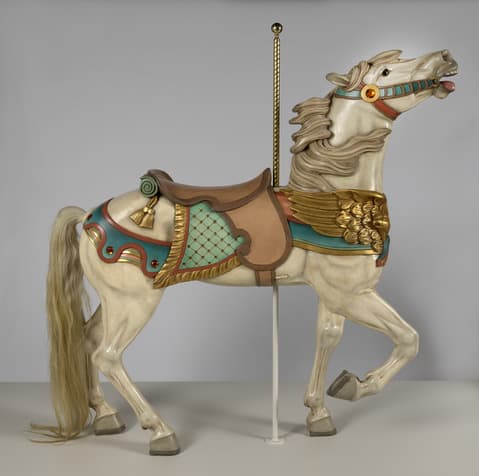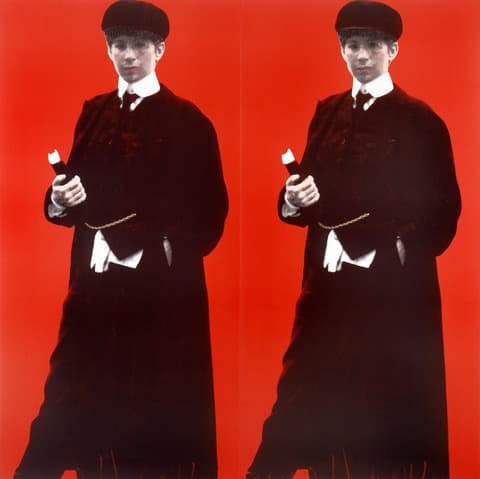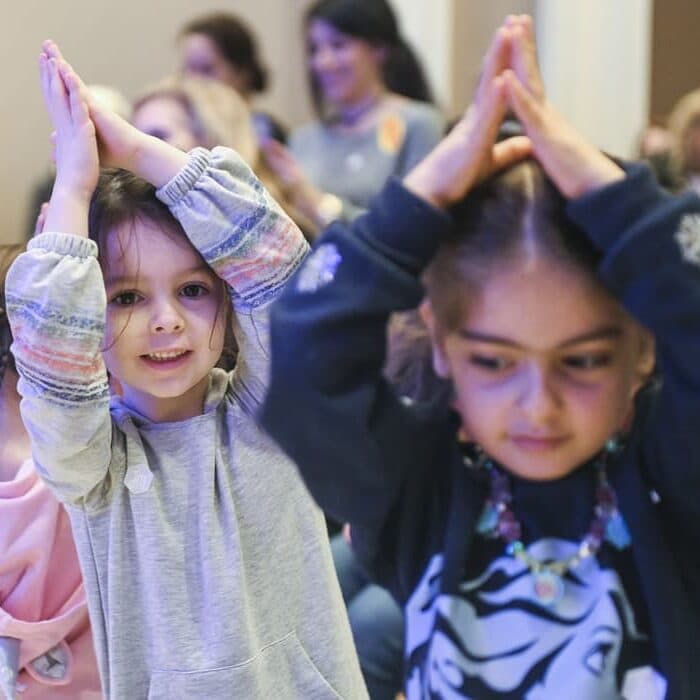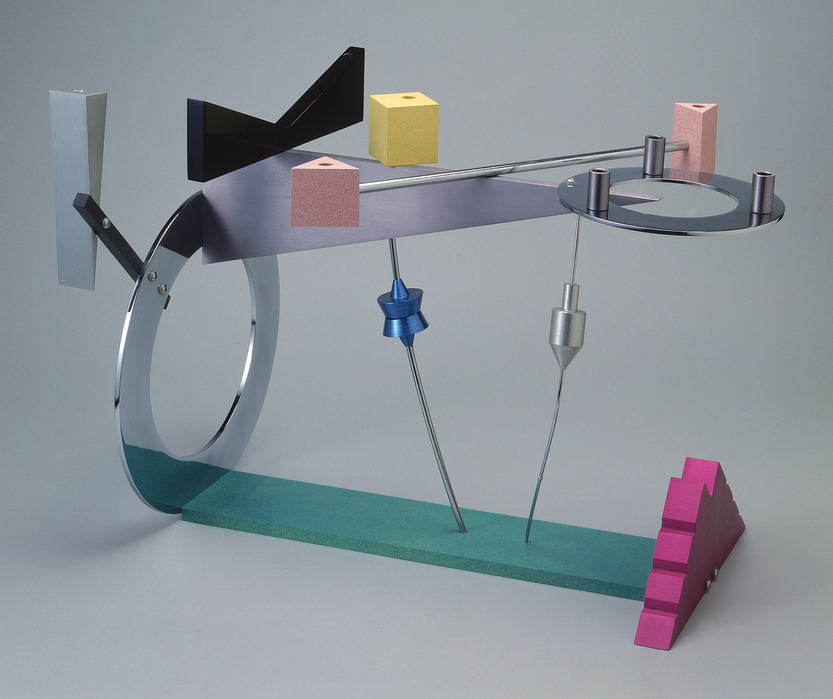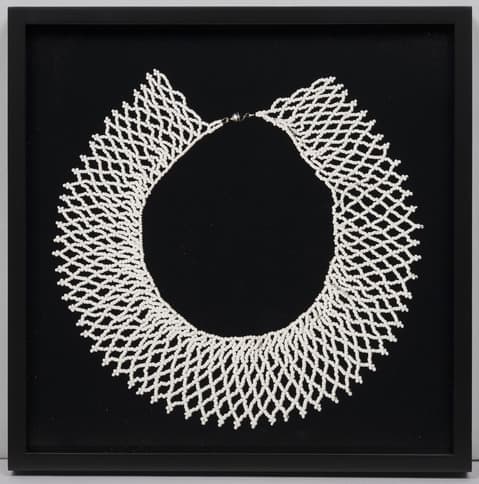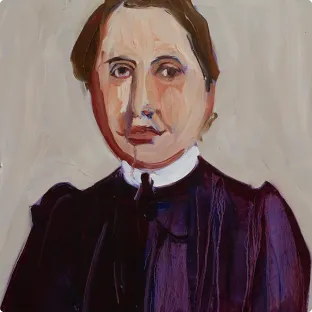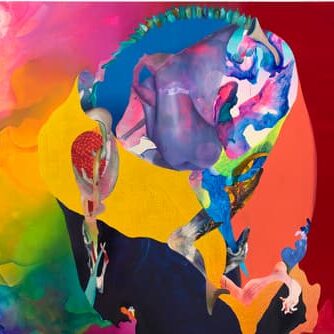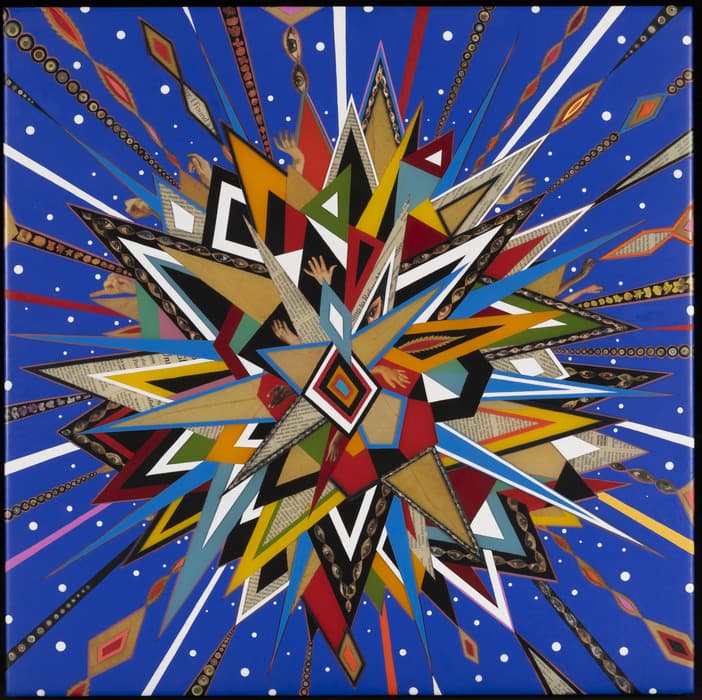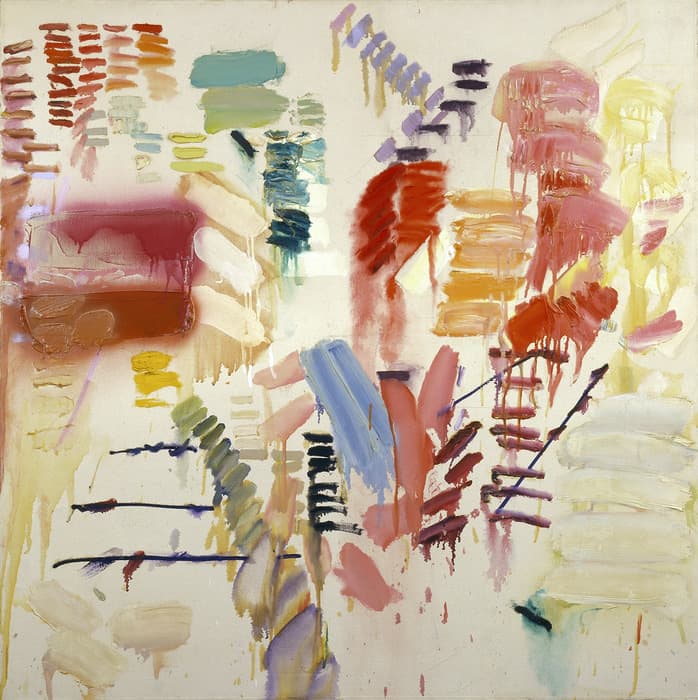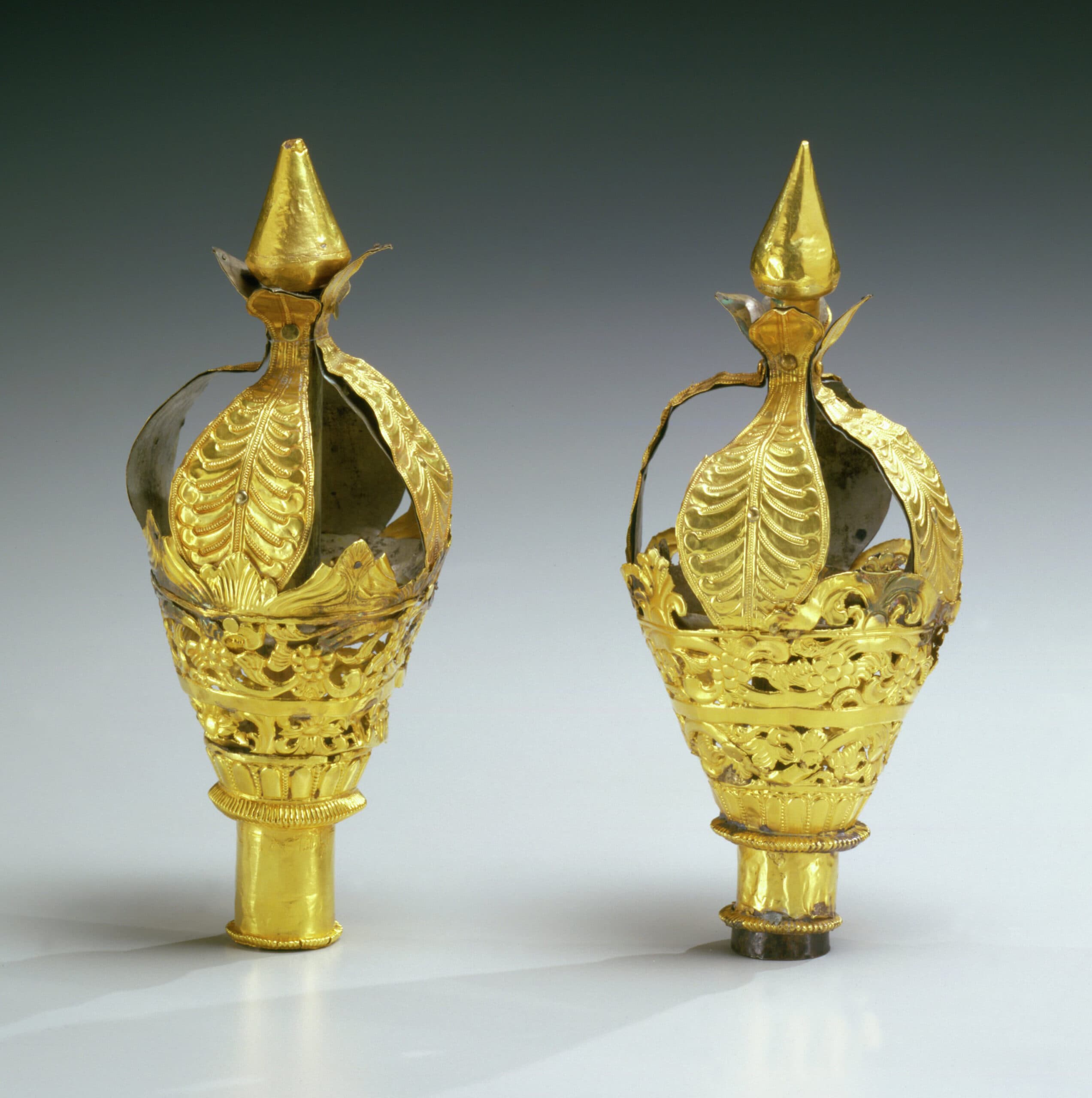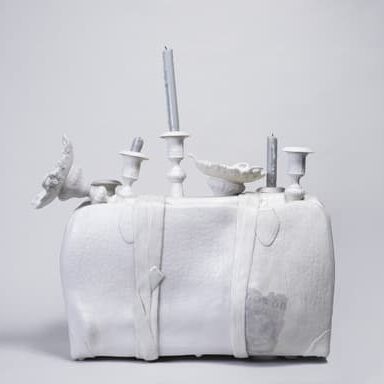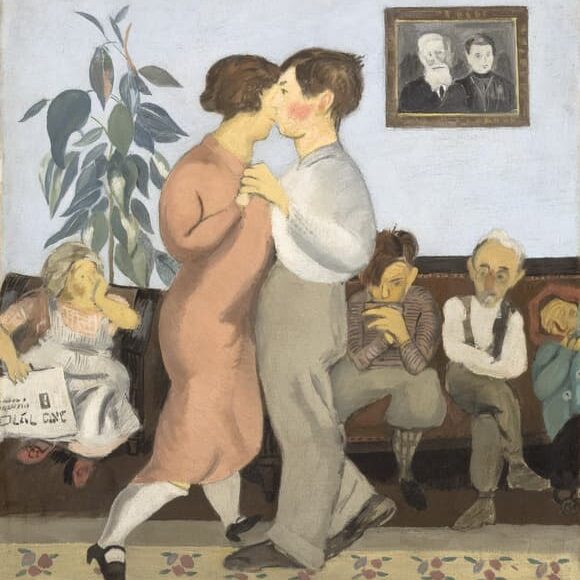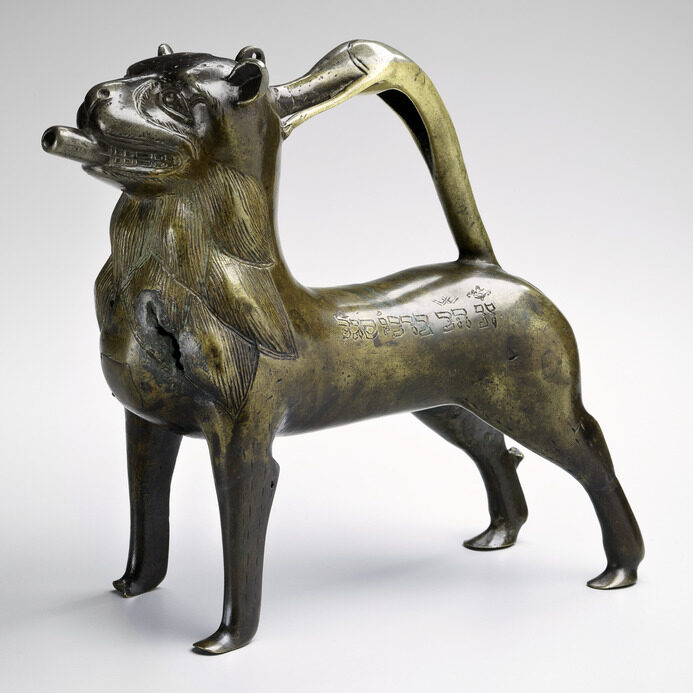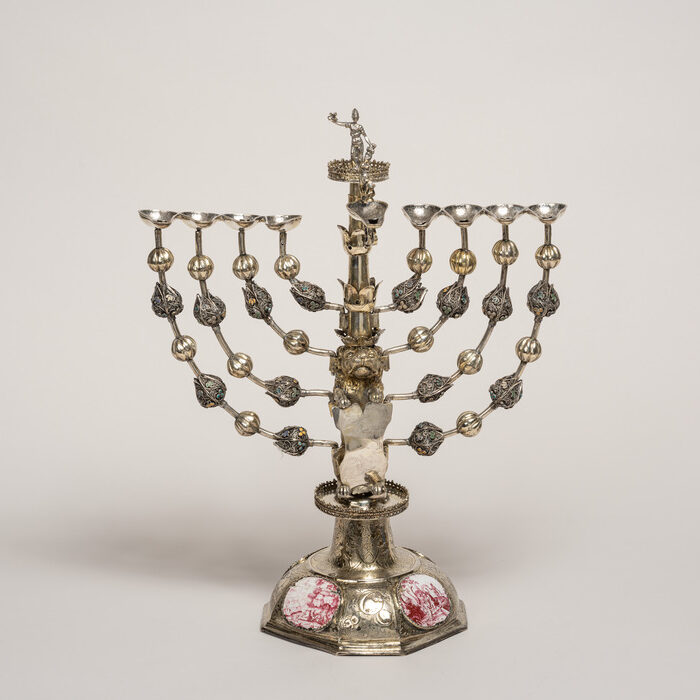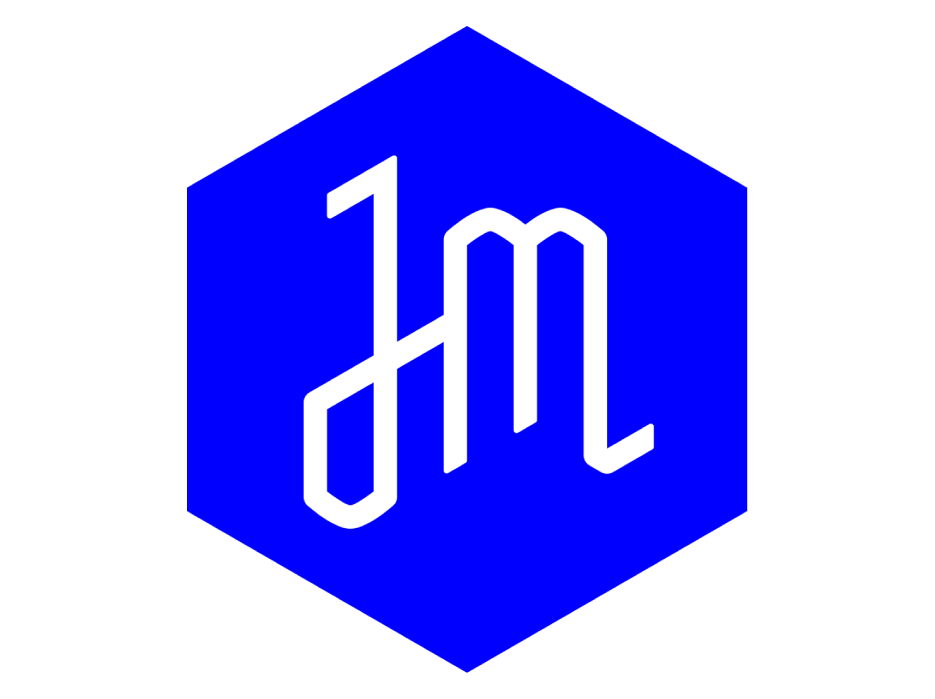
New York, NY – The Jewish Museum will present The Monayer Family: Three Videos by Dor Guez from March 14 through September 7, 2010 in the Museum’s Barbara and E. Robert Goodkind Media Center. In this series of portraits, Guez offers perspectives on ethnic identity, citizenship, and prejudice from different generations of the Monayers, a Christian Arab family in Israel. Originally from the multiethnic, multifaith city of Lod – called al-Lydd by the Palestinians – family members in the videos include: Jacob, the patriarch who recounts the expulsion of the Arab citizens of the city of Lod after the 1948 war; his son Sami, who describes growing up among Jews as an Israeli citizen while simultaneously claiming a Palestinian identity; and Jacob’s granddaughter Samira, who recounts her experience of prejudice as she is mistaken for being Jewish. Counted among 125,000 Christian Arabs in Israel, the Monayers consider themselves a minority within a minority with respect to the Muslim population. To further complicate matters, Guez is from a mixed Jewish and Christian Arab family.
When asked to define his identity, Guez responded in an online interview, “I have been dealing with this for years, and the truth is that I’m not sure I’m looking for an answer. It depends on the place, time, and context. What does it mean to label oneself? My ID says I’m Jewish. Is this my main reference? . . . I have the right to choose and the right to decide, as well as the right to re-examine what those definitions say about me.”
Dor Guez will present a special gallery talk at The Jewish Museum on Monday, June 7 at 1 pm. This artist’s gallery talk is free with Museum admission. Reservations are not required.
The title of the first video, July 13 (2008-09, 13 min., 18 sec.), refers to the date in 1948 which the Israeli army entered the city of Lod. Jacob Monayer describes the city’s occupation, the plundering of possessions and homes, and the establishment of the Lod ghetto for those who remained. The video includes footage of Jacob posing at St. George’s Church, where many Christian Arabs hid during the war in 1948, and of the artist dutifully decorating his grandparents’ Christmas tree.
The title of Subaru-Mercedes (2008-09, 8 min., 10 sec.) serves as a metaphor for Arab Christian identity, a hybrid of Arab/Eastern (Subaru) and Israeli/Western (Mercedes) cultures. While Sami Monayer attempts to articulate his multiple nationalities, his wife and children interject their opinions and interrupt his narrative from off screen. Like Sami’s sense of self, the scene is chaotic and contradictory.
In (Sa)Mira (2008-09, 13 min. 40 sec.), Guez’s cousin recalls an incident at a Jerusalem restaurant where she works part-time while pursuing a degree in psychology at Hebrew University. Samira, who possesses a European appearance and flawlessly accented Hebrew, received complaints from Jewish customers who were offended that she did not reveal that she is an Arab. Her manager asked her to refrain from signing her checks with her given name. Filmed in multiple takes, the repetition of Samira’s narrative ultimately leads her to confront racism in Israeli society.
Dor Guez is an interdisciplinary artist and curator, and a researcher of photography at Tel Aviv University. His artistic practice is centered on questions of multiculturalism and ethnic identity. Guez’ work explores an intricate, multifaceted reality, challenging the boundaries and binary oppositions between East and West, Jews and Arabs, religion and secularism, Israeliness and Palestinianism. He has staged several one-person exhibitions, participated in numerous group shows, and curated, among others, the exhibitions Forbidden Junctions and Back to the Canon: Claude Cahun’s Portrait Photographs at the Israeli Center for Digital Art, Holon. Recently, his work was exhibited at the XIV Biennial of Young Artists from Europe and the Mediterranean held in Macedonia. Georgiopolis at the Petach Tikva Museum of Art was his first museum solo show.
Located on the third floor of The Jewish Museum, the Goodkind Media Center houses a digital library of radio and television programs from the Museum’s National Jewish Archive of Broadcasting (NJAB). It also features a changing exhibition space dedicated to video and new media. Using computer workstations, visitors are able to search material by keyword and by categories such as art, comedy, drama, news, music, kids, Israel, and the Holocaust.
Media programs are made possible with public funds from the New York State Council on the Arts, a State Agency.
The Israel Office of Cultural Affairs in the USA provided travel assistance.
About the National Jewish Archive of Broadcasting
The National Jewish Archive of Broadcasting, founded in 1981 in association with the Charles H. Revson Foundation, is the largest and most comprehensive body of broadcast materials on 20th century Jewish culture in the United States. With a mission to collect, preserve and exhibit television and radio programs related to the Jewish experience, the NJAB is an important educational resource for critical examination of how Jews have been portrayed and portray themselves, and how the mass media has addressed issues of ethnicity and diversity. Its collection is comprised of 4,300 broadcast and cable television and radio programs.
PLEASE NOTE: Digital images of this work are available upon request.
Press contacts
Anne Scher/Alex Wittenberg, 212.423.3271, [email protected]
